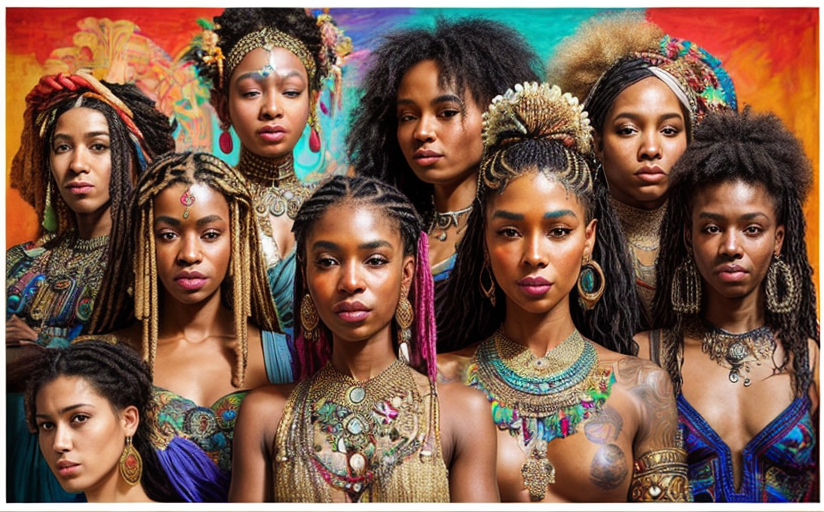Art and Cultural Representation: Treading the Fine Line
We live in a world of prolific cultural diversity – a fact that is often reflected in the arts. Artists, in various forms such as visual arts, performance arts, literature and music, frequently engage with and represent the plethora of cultures on our planet. However, the act of representation can quickly veer into the territory of cultural appropriation if not done cautiously. The challenge is to find the right balance between representation and appropriation, ensuring cultural sensitivity and respect.
The Spectrum of Art Forms and their Engagement with Culture
Across all art forms, the influence and portrayal of various cultures are apparent. For example, the visual arts often depict cultural symbols, rituals, attire and landscapes, while literature frequently explores cultural narratives, belief systems and languages. In the domain of music, artists often incorporate cultural rhythms, melodies and instruments. Theater and dance, on the other hand, explore traditional practices, stories and movement vocabulary from a myriad of cultures.
Achieving the Right Balance
Finding the balance between respectful representation and cultural appropriation is an ongoing struggle for many artists. When done correctly, representation can be a powerful tool for raising awareness about other cultures, promoting diversity and encouraging multicultural understanding. However, the fine line between representation and appropriation is often difficult to discern.
A successful example of respectful representation is Paul Gauguin, a French post-Impressionist artist known for his works depicting Tahitian lifestyle and culture. Gauguin lived in Tahiti, immersed himself in the local culture and painted from his first-hand experience. On the other hand, the American music industry has frequently been criticized for its appropriation of African American music, particularly in genres like blues, jazz, and hip-hop.
The Impact of Cultural Appropriation
When artists appropriate aspects of a culture without understanding their significance, or when they profit from these aspects while the source community continues to face marginalization, it perpetuates harmful stereotypes and widens social inequities. It devalues the cultural significance, dilutes the tradition and often leads to further marginalization of the culture.
Towards Responsible Artistic Expression
Artists can only truly respect the cultures they depict by educating themselves about those cultures. Genuine immersion, respectful dialogue, research, and a continual learning mindset are critical to avoid misrepresentation. In this way, artists can contribute to a world that is culturally conscious, understanding and respectful.
Ultimately, art not only reflects but also shapes our world. As such, artists bear a responsibility to promote cultural equity, respect, and understanding through their work. By committing to a rigorous process of cultural education, sensitization, and thoughtful engagement, artists can ensure they tread the fine line between representation and appropriation in a way that fosters a multicultural and inclusive world.

















Comments
Leave a Comment